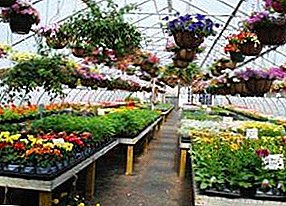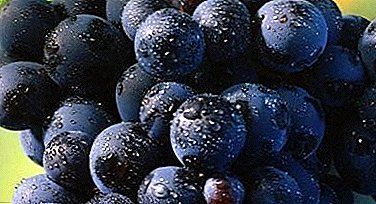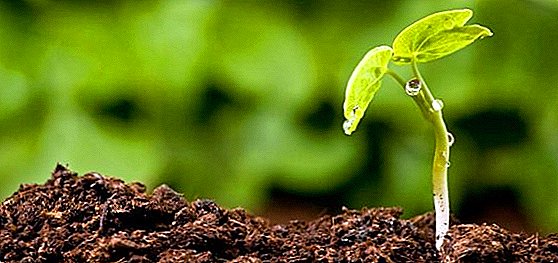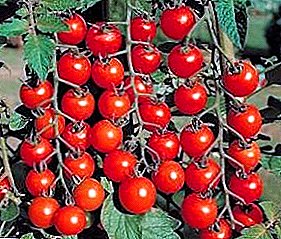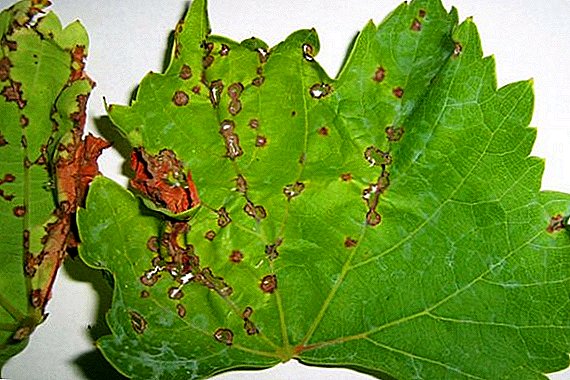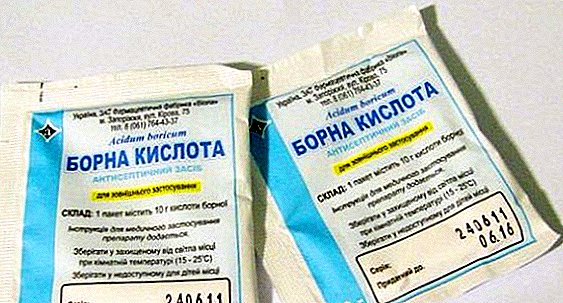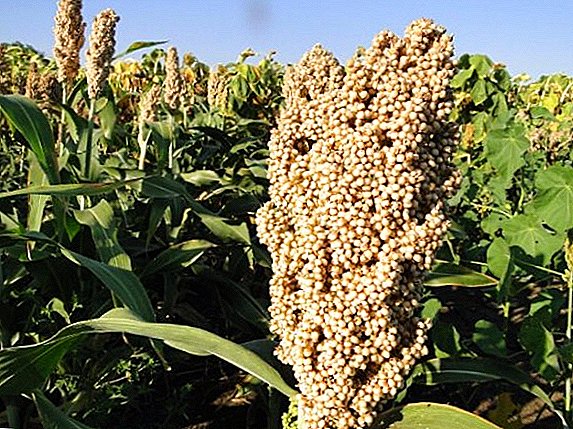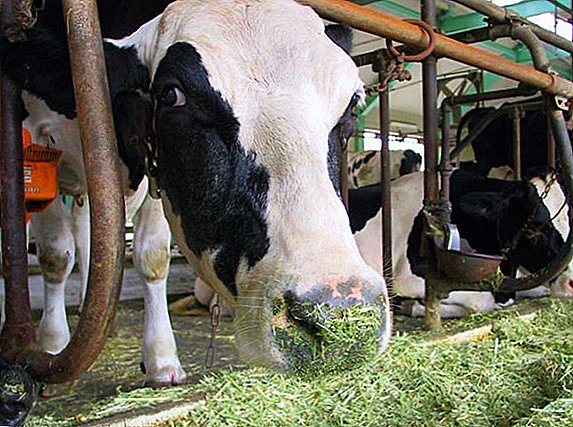 The silo method allows you to preserve the nutritional properties of green fodder for a long time. In the cold season, silage compensates for the lack of succulent feed in the diet of cattle. Despite the fact that its preparation is a long and laborious process, for many years silage remains the most popular succulent fodder. You can get acquainted with the tricks of its preparation by reading our material.
The silo method allows you to preserve the nutritional properties of green fodder for a long time. In the cold season, silage compensates for the lack of succulent feed in the diet of cattle. Despite the fact that its preparation is a long and laborious process, for many years silage remains the most popular succulent fodder. You can get acquainted with the tricks of its preparation by reading our material.
What is silage
This is one of the types of succulent feed for farm animals, which is prepared by ensiling - conservation without access to air. For the preparation of silage suitable chopped green mass of herbaceous plants, roots and industrial waste (bagasse, bard, pulp). Silage is most often added to the diet of cattle in winter.
Important! Silo, which was harvested with violation of technology, has a low nutritional value, as it contains a large amount of rotted grass.
Feeding cows with silage: the pros and cons
The presence of this feed in the diet has several advantages for the animal:
- improves the process of digestion;
- promotes digestibility of other feed;
- increases the productivity of cattle;
- compensates for a lack of water in the diet.

At the same time, such nutrition can have a number of negative consequences:
- silage with high acidity can provoke a dangerous disease - acidosis;
- low-quality product (with foci of mold and rot) can cause serious harm to the animal's body;
- the predominance of silage in the ration or the complete abandonment of other feed in its favor becomes the cause of obesity and loss of cattle productivity.
An old cow can also be fed with such canned plants. The proportion of such food in the diet of the animal can reach about 60%, while the presence in the diet of equal amounts of concentrates and coarse feed.
Did you know? The inhabitants of Africa, China, Southeast Asia and the American Indians do not drink milk, except maternal. They lack the gene responsible for the processing of lactose.Especially carefully when feeding a pregnant cow, one should approach the quality of canned plants. A spoiled or poor-quality silage is strictly forbidden to give such a cow.

What crops are ensiled
All cultures for harvesting are divided into groups depending on their ability to ensiling. As a rule, when harvesting food, plants that are poorly preserved are mixed with cultures that are easily amenable to this process.
Find out more about cattle feed additives.
Good
Easily fermented plants include:
- pumpkin;
- beet tops;
- rape;
- feed watermelons;
- kale;
- cereal;
- corn in the stage of milky-wax maturity.

poorly
For difficult-to-harvest plants include:
- clover;
- alfalfa;
- Vika;
- sainfoin.
There is also a number of plants that are not ensiled in pure form - this is the tops of melons and soybeans.
Important! To preserve the juice in the silage mass, add 20 kg of chopped straw for every 100 kg.
How to make silage for cows at home
For the preparation of silage should be mixed in equal quantities of plants that are well and poorly silage. Those that are completely unsuitable for this type of billet should be mixed with the light-consolidated ones in the ratio of 1: 2 or 1: 3. 
Shredding
The size of the crushed plants directly depends on their humidity. The lower this figure, the smaller the pieces should be. High humidity allows cutting the plants into larger pieces - up to 12 centimeters. Wet raw materials, which contain a high concentration of carbohydrates, may be spoiled by overly fine grinding.
The result is a peroxide product. The optimal particle size for grasses and sunflower is from 2 to 4 centimeters, for corn - from 1.5 to 12 centimeters (it all depends on the degree of humidity).
Read more about feeding calves, bulls, dairy and dry cows.
Silage pit laying
The pit is predominantly round. Its walls should be plastered with clay, bricked up or cemented. Crushed plants are placed in a hole in layers and rammed. The key to successful feed preparation is the prompt filling of the pit: it must be completely filled within 1-2 days.  Compaction creates ideal conditions for lactic fermentation. The pit is completely filled and hermetically covered. It is better to use dense polyethylene film for this. The film must be completely sealed against the walls of the pit to avoid the ingress of oxygen and moisture.
Compaction creates ideal conditions for lactic fermentation. The pit is completely filled and hermetically covered. It is better to use dense polyethylene film for this. The film must be completely sealed against the walls of the pit to avoid the ingress of oxygen and moisture.
It is good if a canopy is installed above the silo pit, which will protect it from precipitation. On top of the pit sprinkled with a layer of earth about 30 centimeters. Read more about feeding calves, bulls, dairy and dry cows.
It will be useful for you to learn more about the harvesting and storage of silage.
Through how much silage is ready for use
To prepare this juicy feed you need at least a month. In general, the finished product with a specific odor and yellowish-green color is fully ready for use in a month and a half. High-quality silage has a beneficial effect on the health and productivity of cows.
It is included in the mandatory diet of cattle, because it is rich in nutrients and easily digested. An important point that you should pay attention to when choosing this succulent feed is its quality.  This high-quality canned product smells like bread sourdough, hay or kvass and has no signs of rottenness or mold.
This high-quality canned product smells like bread sourdough, hay or kvass and has no signs of rottenness or mold.
Did you know? A frog planted in a milk and milk frost doesn’t really make milk sour due to the release of specific antimicrobial substances with its skin glands.Choose such kind of food for your animals - otherwise, the use of silage will be minimal, and even vice versa - it will cause harm.
Reviews from the network




